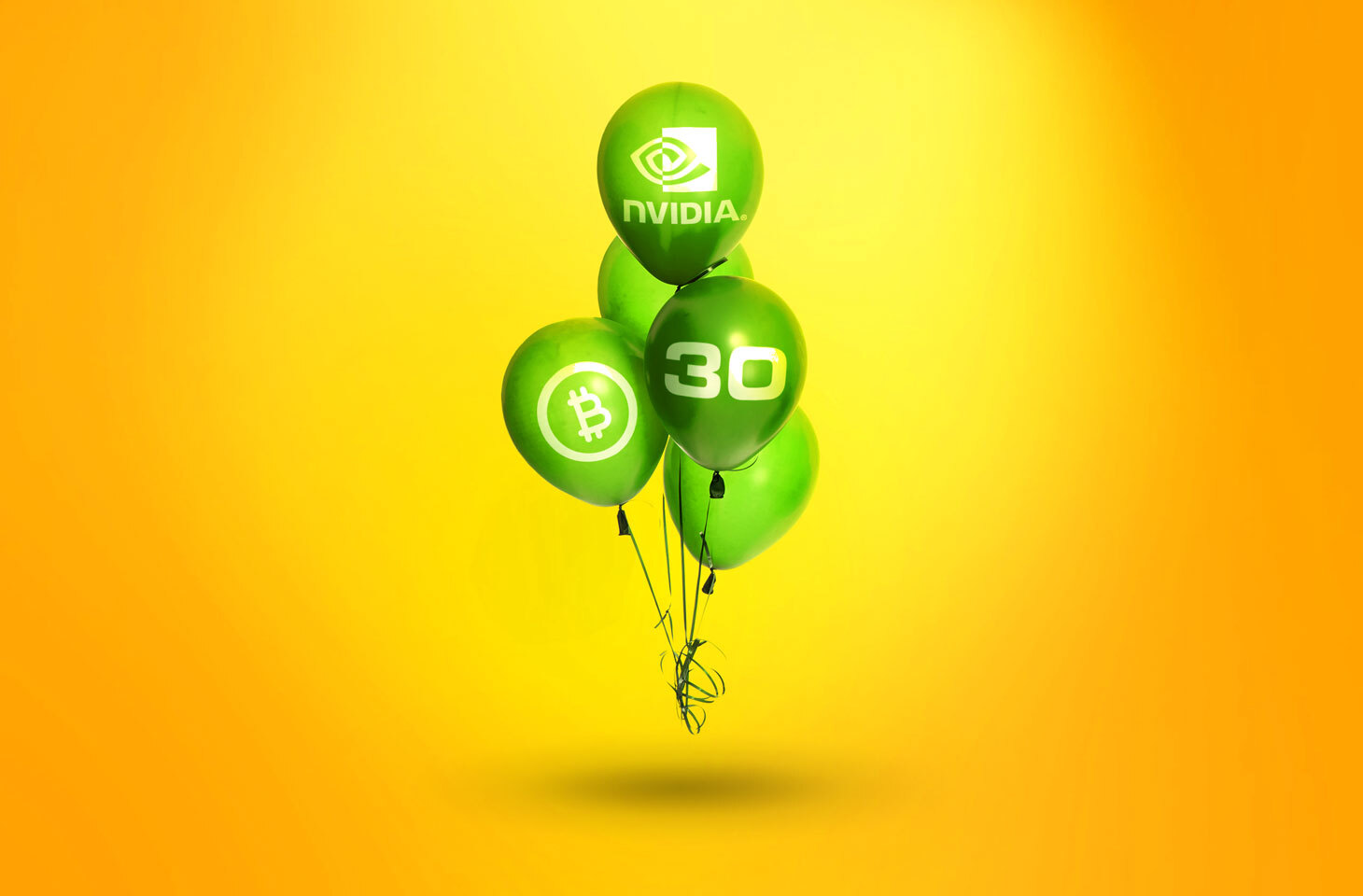Several accounts on social media websites were found promoting PLC and HMI systems through fake file password cracking software to deploy the Sality malware. Sality is an old malware that requires a distributed computing architecture to complete tasks, such as cryptomining and password cracking, faster. Operational technology engineers are recommended not to use any password cracking […]
The XMRig miner was disguised as an image and hosted on compromised cloud storage (Alibaba Object Storage Service). This enabled the attackers to maintain low detection rates.
A threat actor is infecting ICS to create a botnet through password cracking software for unlocking Programmable Logic Controllers (PLCs) and Human Machine Interface (HMI) terminals.
The possibility has always existed to leave poor reviews on Google Maps and elsewhere. However, seeing fraudsters get organized and issue extortion threats alongside the review is a new development.
Belgium Says Chinese Hacker Groups APT27, APT30, APT31, and Gallium Attacked its Ministry of Defense
The cyberespionage groups named in the Belgian Government statement are APT27, APT30, APT31, and a fourth threat group tracked under multiple names, including Gallium, Softcell, and UNSC 2814.
On the splash screen of the fake website, visitors see the company logo (albeit purple, not the usual green) and the name of its CEO, Jensen Huang. Visitors are asked here to “select a category” to take part in the “event”.
Cisco Talos recently discovered a use-after-free vulnerability in Accusoft ImageGear’s PSD header processing function. The library is a document-imaging developer toolkit that allows users to create, edit, annotate and convert various images.
Israel’s Health Ministry website faced disrupted access to users abroad, reportedly due to a cyberattack, the ministry said Sunday. Pro-Iranian hackers based in Iraq, called Altahrea Team, claimed responsibility for the cyberattack.
The Luna Moth or Silent Ransom gang has been breaching organizations to filch sensitive information, threatening victims with making the files publicly available unless a ransom is paid.
The portal stressed it did not store particularly sensitive information, such as bank account and payment card details, personal ID codes, and home addresses in its database.









